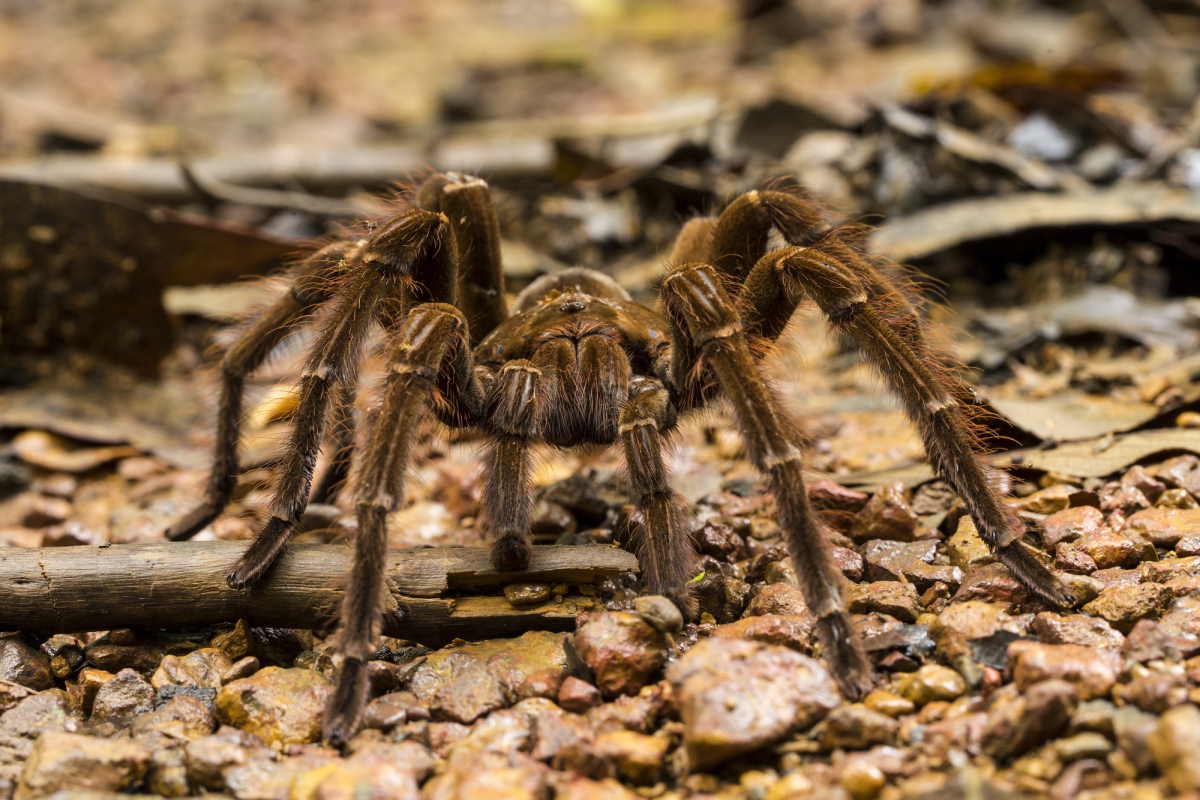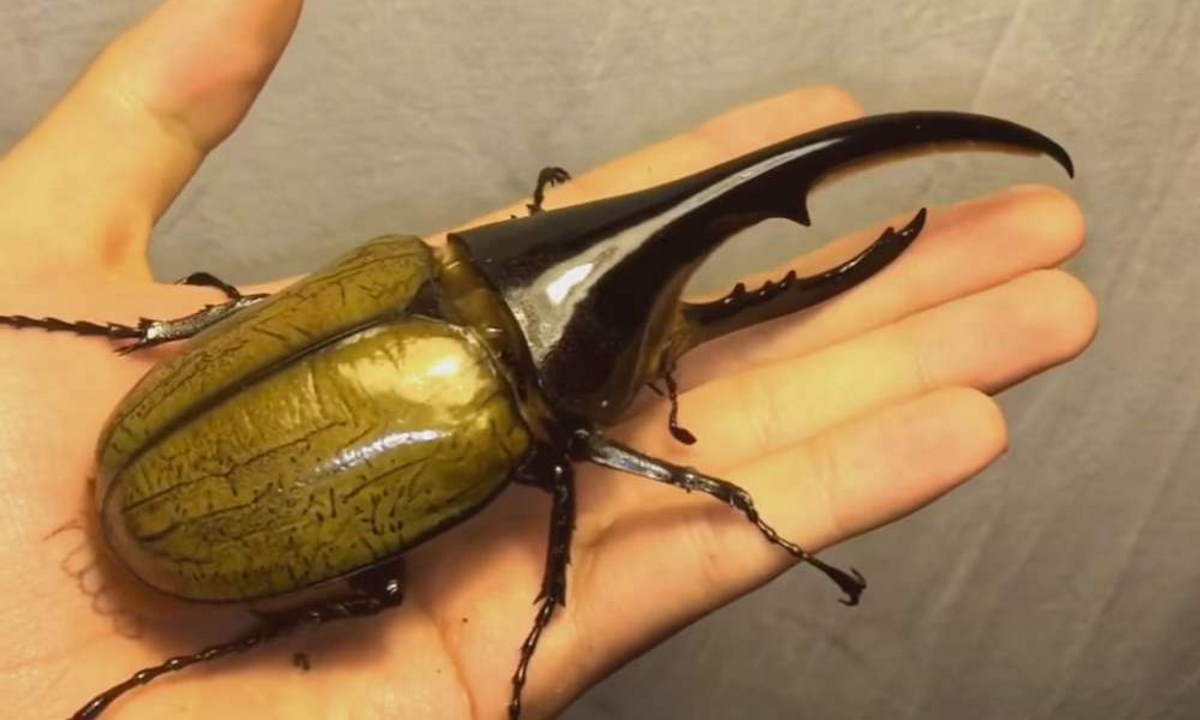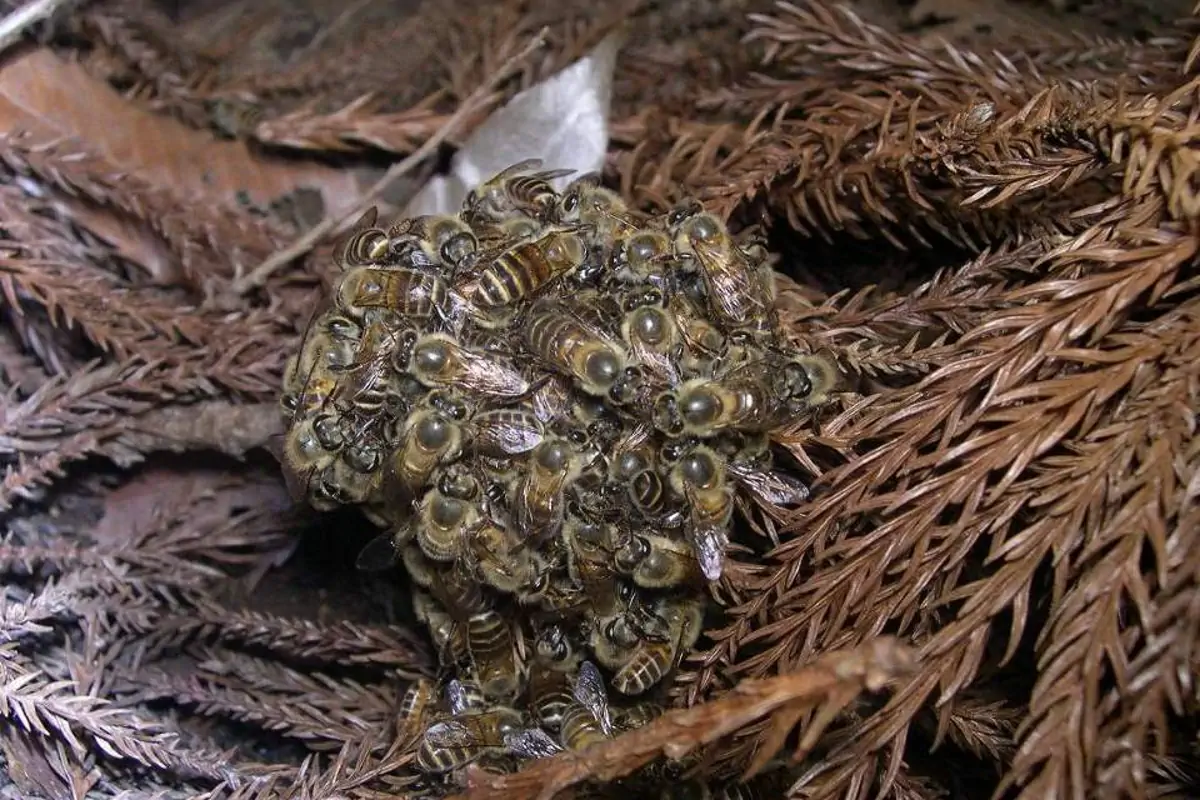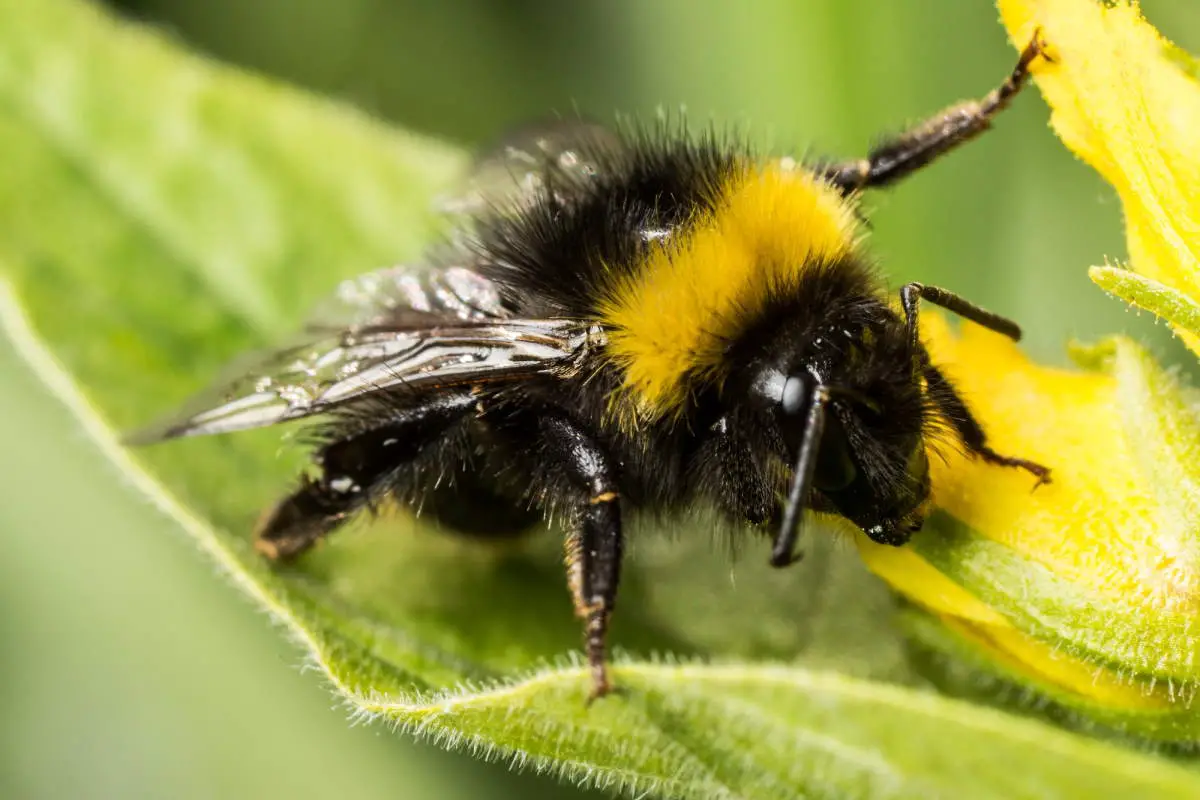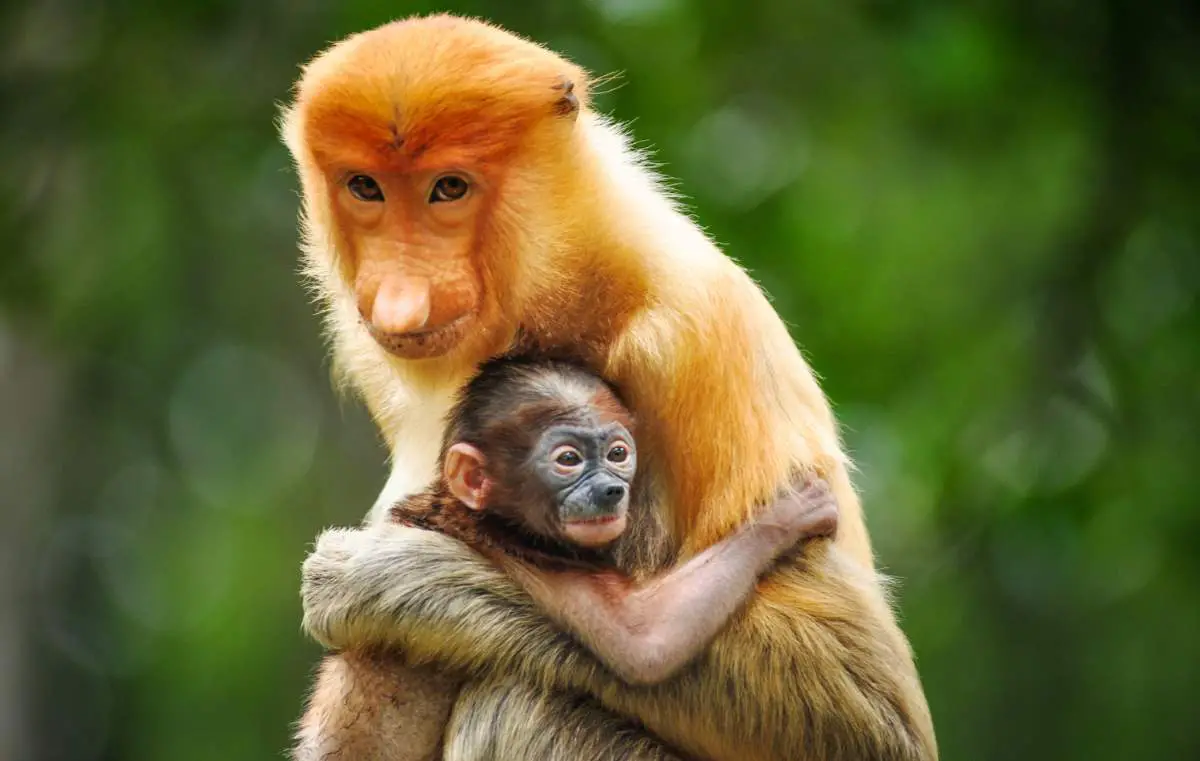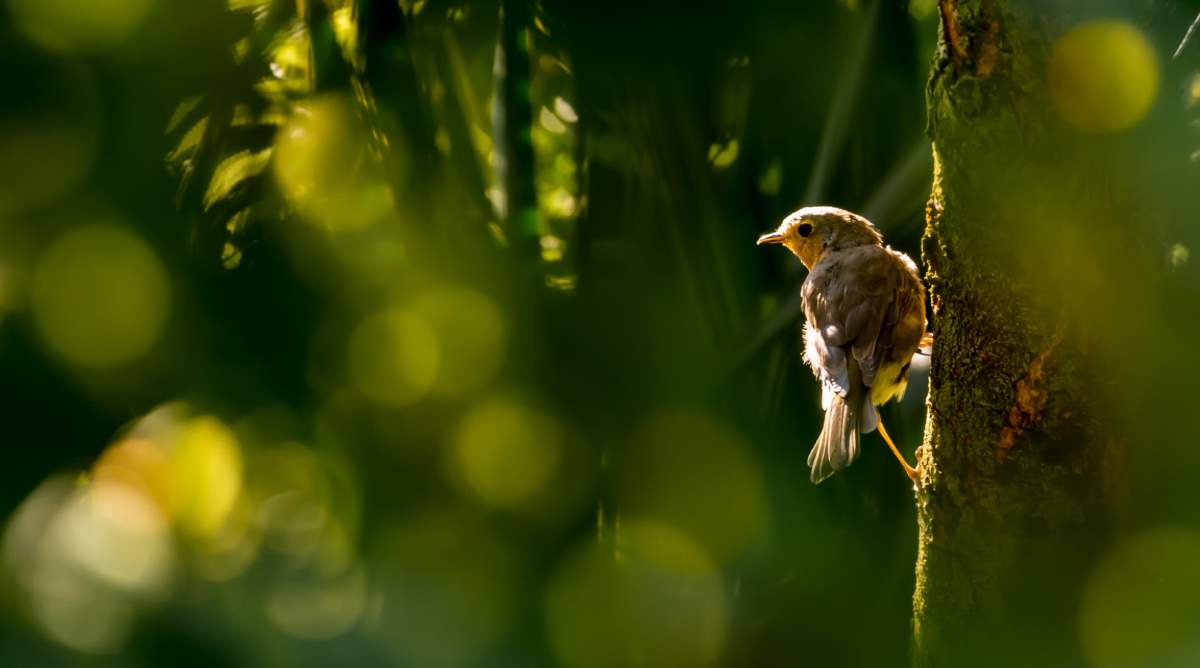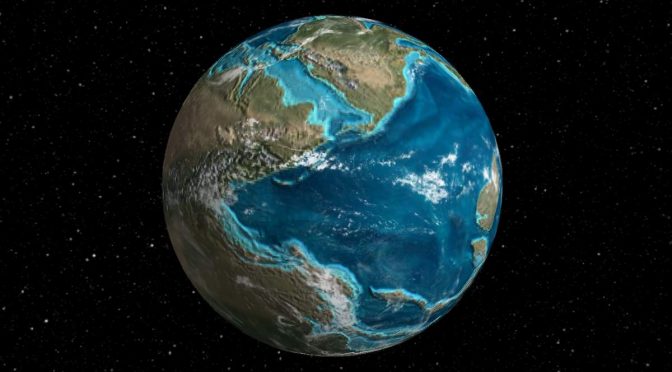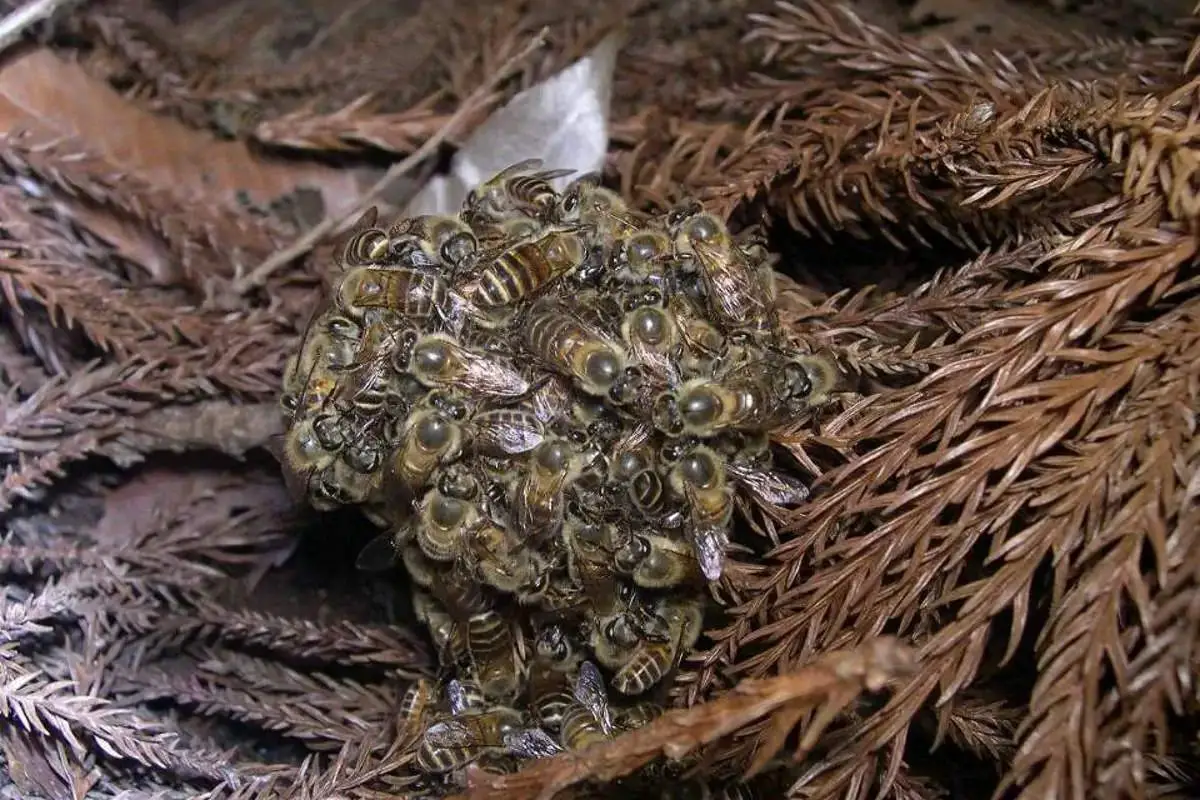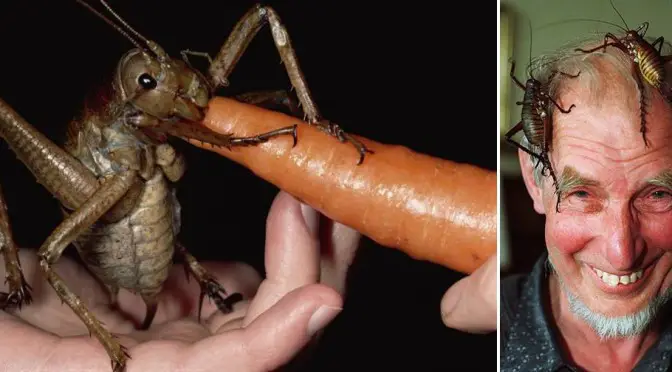Here are the top 10 biggest spiders in the world, based on leg span:
Category Archives: Insects
10 Largest Insects in the world
Insects evolved around 480 million years ago, around the same time as the earliest land plants. Today, they represent more than 90 percent of the animal life forms on Earth. They are in many different body shapes and sizes. Here are the top 10 largest insects in the world.
Competition and Cooperation in Evolution
Despite the old adage “nice guys finish last”, cooperation is common in life – from the scale of genes or cells through to entire societies. Although these two ideas seem to contradict each other, Dr. Egbert Giles Leigh Jr. has demonstrated throughout his career at the Smithsonian Tropical Research Institute in Panama that working together …
What would happen if bees went extinct? [Explained]
Bees – including honey bees, bumblebees, and solitary bees – are very important because they pollinate food crops. Pollination is where insects move pollen from one plant to another, fertilizing the plants so that they can produce fruit, vegetables, seeds, and so on. If all the bees went extinct, it would destroy the delicate balance …
Continue reading “What would happen if bees went extinct? [Explained]”
UN report warns one million species at risk of extinction
We, humans, are destroying the Earth’s wilderness, very fast. Actually, we are the main (and probably the only) cause of the sixth major extinction event in the history of our planet. Now, a recent UN report says at least one million species (animals, plants, and insects) are at the risk of extinction. There will be …
Continue reading “UN report warns one million species at risk of extinction”
Most species hold their geographic range if we limit global warming to 1.5°C [new study]
If we limit global warming to 1.5°C rather than 2°C above the pre-industrial levels by the year 2100, the impacts of climate change would be much less dramatic, a new study says. According to the researchers, for vertebrates and plants, the number of species losing more than half their geographic range by 2100 will be …
Here’s What did Ancient Earth Look Like
I stumbled upon an amazing web page showing what did ancient Earth look like. On the “Dinosaur Pictures and Facts” web page (dinosaurpictures.org), there’s also an interactive animation. On this page, you can either select the years (i.e. 600 million years ago) or jump to a particular event (i.e. first multicellular life) and see how ancient …
Here’s how Japanese Honey Bees defend themself against the Japanese Giant Hornet [Amazing Videos]
In the insects world, the Japanese Giant Hornet (Vespa mandarinia japonica) is a real beast. It is one of the subspecies of the Asian Giant Hornet (Vespa mandarinia), which is the world’s largest hornet. As its name suggests, it is endemic to the Japanese islands, where it prefers rural areas where it can find trees …
Giant Weta: the heaviest insect on Earth [10 amazing giant weta facts]
In the small islands of New Zealand, the world’s heaviest insect lives – The Giant weta. There are 70 types of species of weta in the genus Deinacrida of the family Anostostomatidae. Giant weta is the heaviest insect on Earth. Fully grown species can even be heavier than a mouse or sparrow. Giant weta is endemic to New Zealand …
Continue reading “Giant Weta: the heaviest insect on Earth [10 amazing giant weta facts]”
